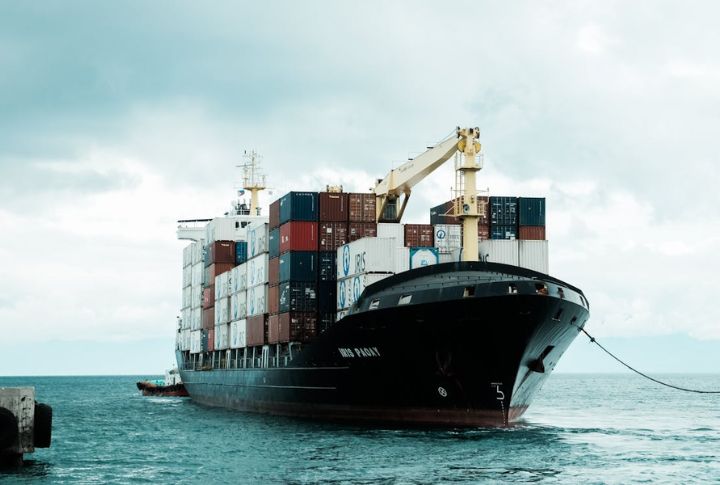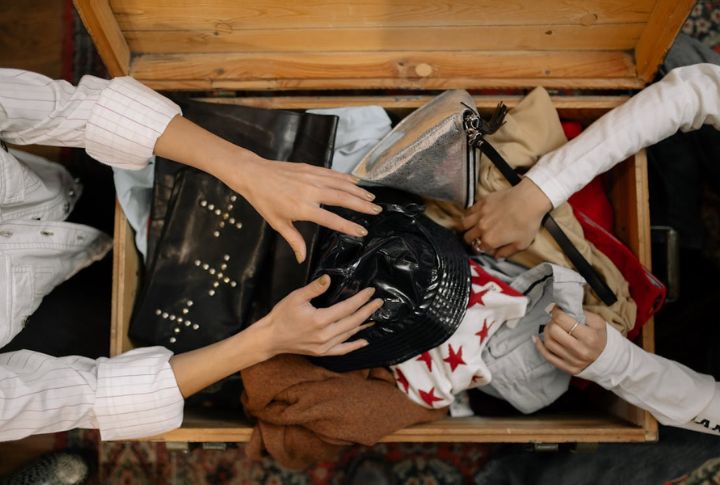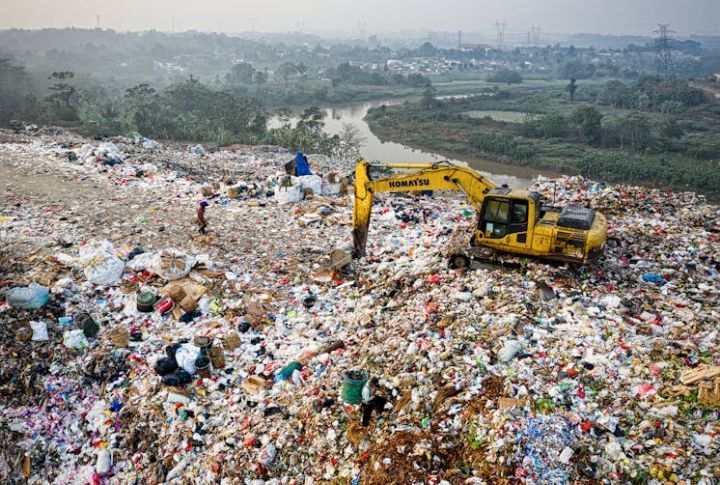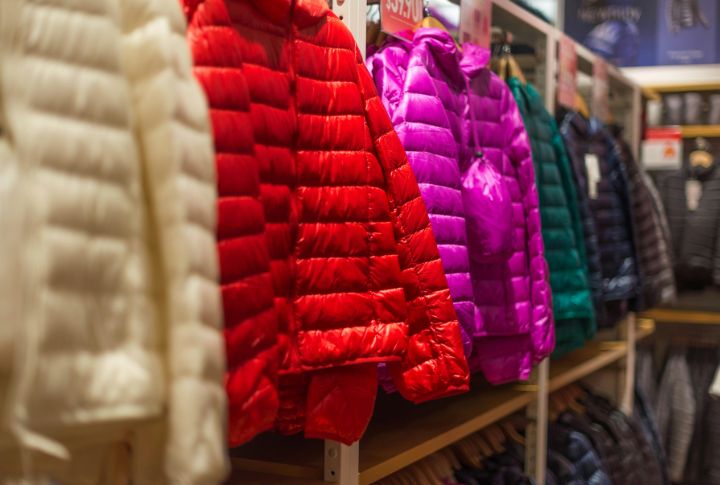
It’s easy to feel confident after donating clothes—like something old just became someone else’s new treasure. But that feel-good moment barely scratches the surface of what’s really in motion. Behind each drop-off is a chain of decisions and steps that most people never see. The full story starts here.
Not Everything Gets Sold On The Floor

Here’s a secret that thrift stores rarely mention—most donated clothes never hit the racks. Only 20–30% get approved. The rest? Rejected for stains, heavy wear, or cheap fast fashion tags. Some are tossed within seconds. Others quietly get redirected to recyclers or rag markets.
Many Donations End Up Overseas

Nearly 40% get shipped to developing countries. The U.S. sends hundreds of millions of pounds of clothes overseas each year. Buyers usually purchase clothing by weight, not by item. Some African nations have even banned these imports to protect their own struggling textile industries.
Thrift Stores Don’t Clean What You Donate

Before donating clothes, ensure they’re clean—thrift stores don’t wash them. Most items go straight from the bin to the sales floor with only a quick check for visible dirt. Washing every piece would raise costs and slow down the processing of donations, so it’s up to donors to provide clean items.
Designer Labels Are Often Cherry-Picked First

Thrift stores frequently remove designer-label clothing before it hits the racks. Premium brands are flagged by trained staff and sold through separate channels. Some locations partner with boutique outlets or online resellers. In some cases, employees get early access to these items, which rarely reach the general sales floor.
Your Donation Might Be Downcycled

If clothes can’t be sold, they’re often downcycled into things like insulation, car seat stuffing, or cleaning rags. It keeps them out of landfills but strips away their original purpose. Once downcycled, they rarely get another chance at life as wearable fashion or useful garments.
Fast Fashion Items Are Quickly Discarded

Fast fashion and thrift stores don’t mix well. Big-box brands show up in droves, but most get tossed right away. With racks already flooded weekly, many pieces never stand a chance. They’re frequently rejected during sorting and sent straight to recycling.
Religious Or Political Items Are Often Removed

Thrift stores often filter out items with strong political messages, religious texts, or bold slogans to prevent controversy. Staff usually catch and remove them early, sending them for recycling or disposal. To ensure your donations make it through, choose neutral clothing without attention-grabbing prints or messages.
Clothing Waste Still Ends Up In Landfills

You’d think donating keeps clothes out of landfills, but that’s not always the case. A lot of items are just too worn or dirty to repurpose. Even recycling programs get overwhelmed. So, off to the trash they go, contributing to methane emissions and soil damage. It’s a messy secret most donors never hear.
Unsold Items May Be Donated Again

If an item doesn’t sell, it may be donated again. Some clothes cycle through two or three thrift stores before being removed from circulation. Others get routed to smaller outlets or charity affiliates. No centralized tracking system exists, so there’s no clear way to know where a piece ends up.
Some Items Are Set Aside For Holiday Rushes

Thrift stores commonly hold back seasonal donations. Partywear, winter gear, and holiday sweaters are sorted early but shelved until peak demand. This method boosts profits at the end of the year. Many contributors are unaware that timing affects whether an item makes it to the racks during high-traffic seasons.
